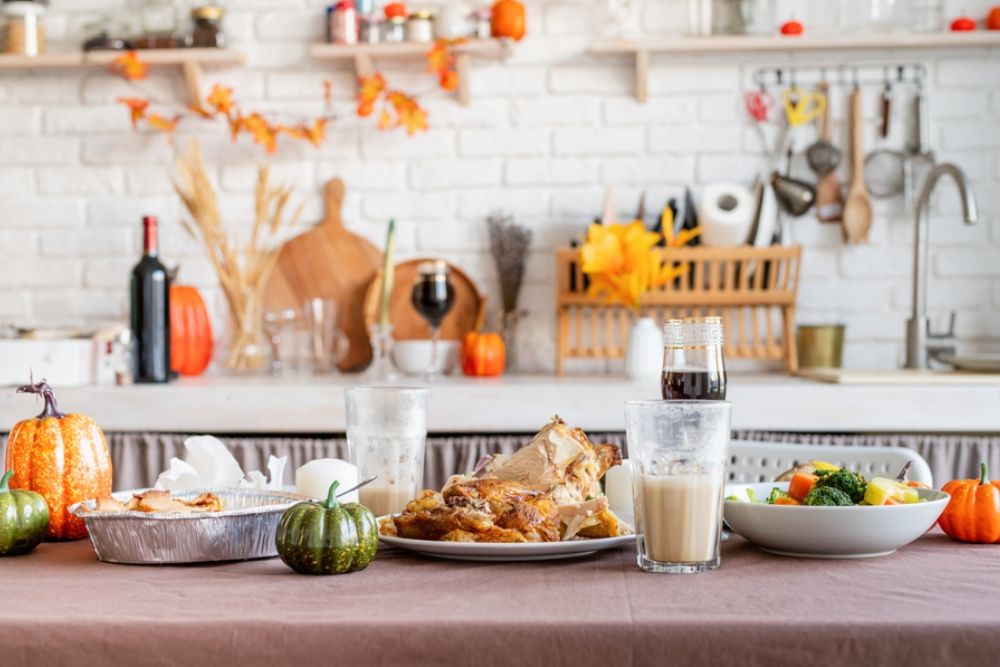Every year, households throw away staggering amounts of food — much of it perfectly edible. What often ends up in the trash is essentially money wasted, adding up to hundreds or even thousands of dollars annually. Yet those same scraps and leftovers can become the foundation for creative meals, household savings, and even environmental benefits. By shifting how we see and use leftovers, you can transform waste into a powerful tool for saving money and living more sustainably.
Understanding the Cost of Food Waste
Food waste is not just about what disappears into the garbage bin; it’s also about the dollars spent on items never consumed. According to consumer studies, the average household discards between 20 to 30 percent of the food they purchase. That translates into wasted grocery money, higher trash collection costs, and unnecessary strain on landfills. By treating leftovers as an asset instead of a nuisance, you can recover a significant portion of your food budget.
Planning Ahead to Reduce Waste
One of the best ways to make leftovers useful is to start with smarter meal planning. Create a weekly menu that builds meals around overlapping ingredients. For example, roasting a chicken on Sunday can set the stage for chicken soup on Monday and chicken salad on Tuesday. This kind of planning ensures that what you cook one day becomes a resource for future meals rather than waste.
The Art of Reinventing Leftovers
Leftovers don’t have to mean reheating yesterday’s dinner. With a little creativity, they can be reinvented into something entirely new. Some popular approaches include:
-
Transforming proteins: Last night’s steak can become stir-fry strips, and roasted vegetables can fill omelets or wraps.
-
Soup starters: Leftover rice, pasta, or vegetables can bulk up hearty soups and stews.
-
Casserole magic: Combining odds and ends with cheese and sauce creates comforting dishes that stretch ingredients further.
-
Salad upgrades: Cooked grains or meats can be tossed into salads to turn them into satisfying main courses.
By reframing leftovers as building blocks, you not only reduce waste but also save on additional groceries.
Freezing for Future Use
Freezers are powerful allies in the leftover revolution. Many items that might otherwise spoil can be preserved for weeks or months. Leftover bread becomes breadcrumbs or croutons when frozen. Extra vegetables can be blanched and frozen for stir-fries. Even small portions of cooked meals can be stored for quick lunches. Labeling containers with dates ensures you use them before quality declines. Freezing extends the life of your food and prevents money from being lost to spoilage.
Batch Cooking and Portion Control
Cooking in larger batches may seem counterintuitive when trying to avoid waste, but it can actually save money if paired with proper portioning. Divide bulk-cooked meals into smaller containers and refrigerate or freeze them. This creates ready-to-eat portions that reduce the temptation to order takeout. Proper portioning also helps avoid the all-too-common problem of serving more than needed and scraping uneaten food into the trash.
Creative Uses for Food Scraps
Not all scraps are destined for the garbage. Many items considered “waste” can serve new purposes:
-
Vegetable peels and ends: Perfect for homemade broths.
-
Citrus rinds: Great for zesting, natural cleaning solutions, or infusing water.
-
Stale bread: Ideal for French toast, bread pudding, or homemade breadcrumbs.
-
Bones and shells: Turn into rich stocks for soups and sauces.
Thinking twice before discarding food scraps unlocks hidden value and adds depth to your meals.
Composting for Added Value
When food scraps truly can’t be repurposed for meals, composting turns them into valuable material for your garden. Banana peels, coffee grounds, and vegetable trimmings decompose into nutrient-rich compost that reduces the need for store-bought fertilizer. Even if you don’t garden, many cities now offer community composting programs. While this doesn’t directly save on groceries, it transforms waste into a resource that reduces household expenses in other areas.
Involving the Whole Family
Saving money through leftovers works best when the entire household participates. Encourage kids to help create meals from scraps by turning it into a fun challenge. Teach family members the value of portioning meals sensibly. When everyone sees leftovers as opportunities rather than burdens, the savings grow even larger. Involving the family also instills lifelong habits of resourcefulness and financial mindfulness.
Financial Benefits Over Time
While repurposing a single portion of leftovers may not seem like a big deal, the cumulative effect is powerful. If you save just $15 to $20 per week by using what you already have, that adds up to nearly $1,000 per year. Factor in the reduced frequency of takeout meals, lowered trash bills, and long-term savings from composting, and the numbers grow even more compelling. Over time, what feels like small changes create measurable financial transformation.
Environmental Impact
Beyond personal savings, reducing food waste has a broader environmental effect. Less waste means fewer greenhouse gases from decomposing food in landfills and less energy wasted on growing, transporting, and storing food that never gets eaten. By embracing leftovers, you contribute to a healthier planet while building financial resilience. The leftover revolution is as much about sustainability as it is about saving money.
Leftovers are not a burden — they’re an untapped resource. With smart planning, creative reinvention, and mindful storage, what once looked like scraps becomes a path to significant savings. Embracing the leftover revolution not only cuts grocery costs but also reduces environmental waste and fosters healthier habits. By seeing leftovers as opportunities, you transform both your meals and your finances, proving that one person’s scraps can be another’s secret to savings.

